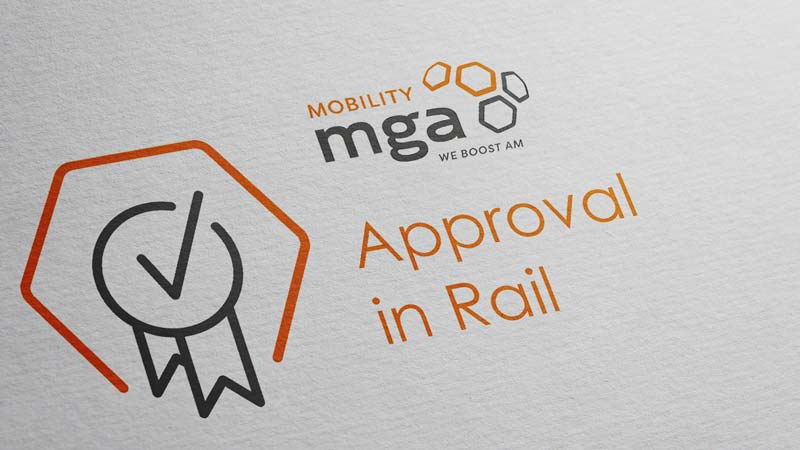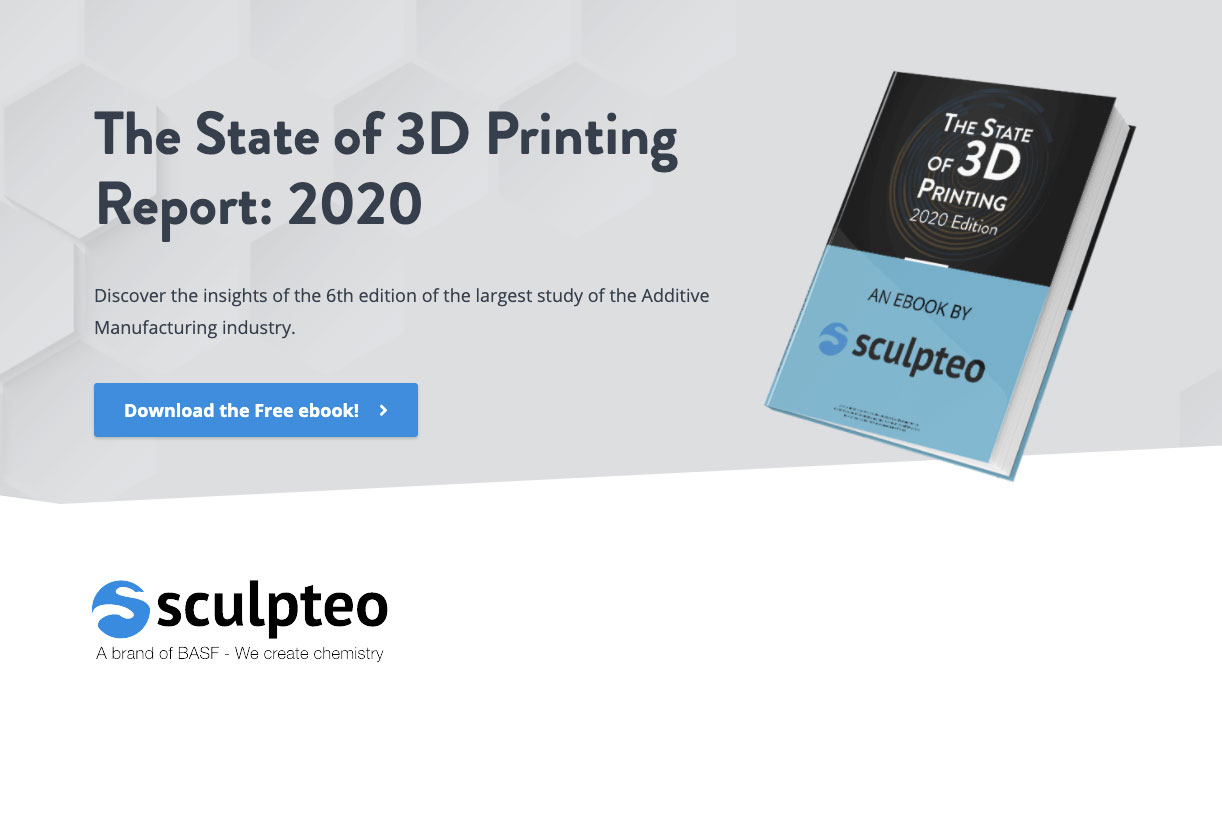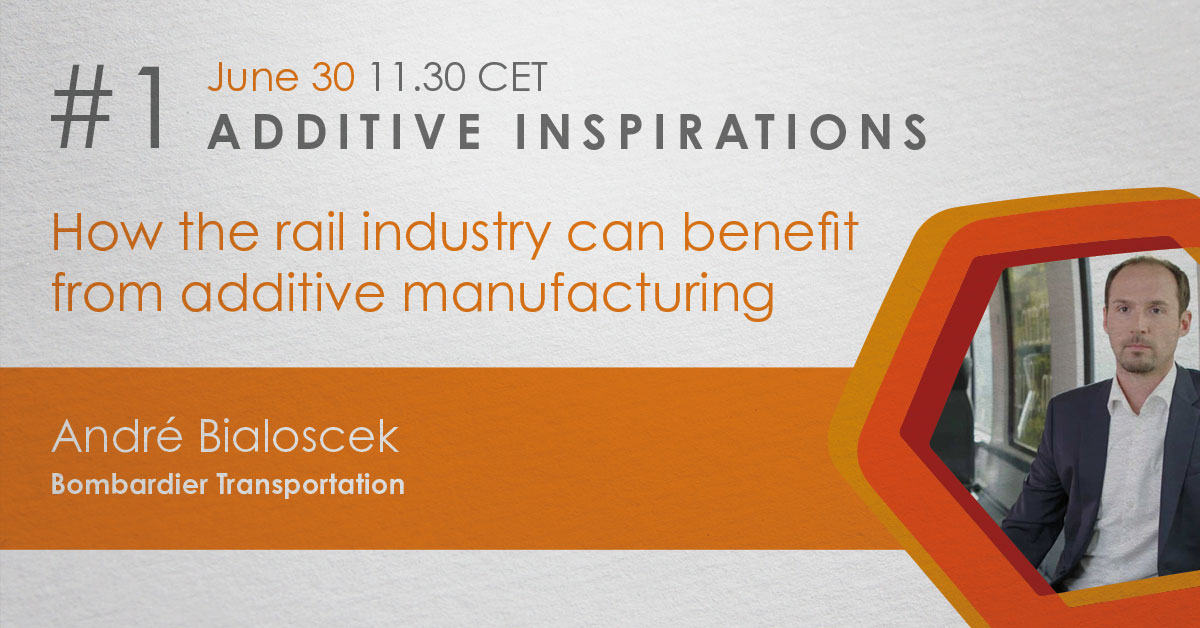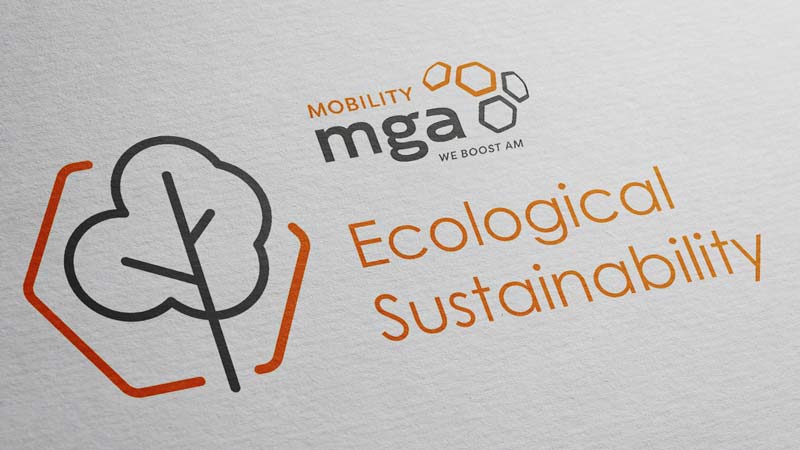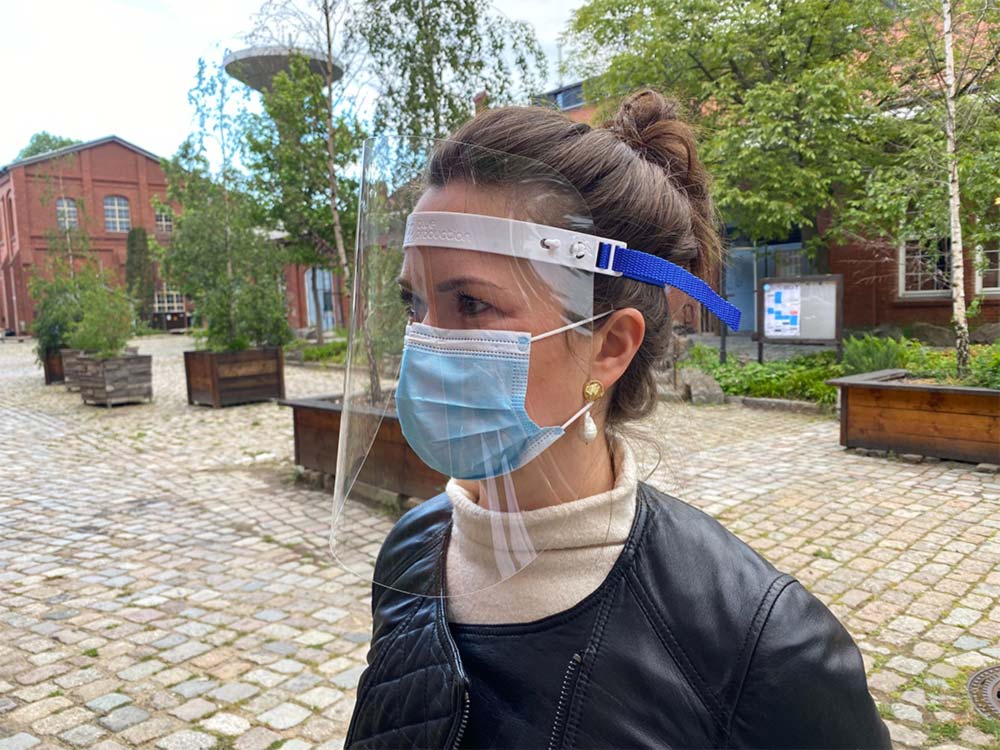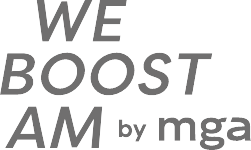[vc_row][vc_column][vc_column_text]
The State of 3D Printing Report: 2020
[/vc_column_text][vc_column_text]Every year, Sculpteo, one of the world’s leading online 3D printing service providers, presents a report on “The State of 3D Printing” – just recently the sixth edition was published for the year 2020.
The report is based on detailed questionnaires completed by global additive manufacturing users as well as customers and partners to determine the status quo of the industry.
What topics are covered in the report?
As a major international player in the 3D printing industry, it is important for both Sculpteo and our network to identify trends, to strengthen the market and to convince new companies of the benefits of this technology.
In order to facilitate access to the technology or to provide established companies with a baseline for new strategies, a pool of data was compiled to provide the basis for the report.
The survey in particular examined the following points:
- Who exactly uses 3D printing technology?
- What is 3D printing used for exactly?
- How is the technology being perceived at present?
- What business model makes sense for a 3D printing company?
- Who are the industry’s power users?
- What are the significant global differences?
- What has changed over the last six years?
Key findings of the report
After six years, a clear development in the application areas of additive manufacturing technology can be recognized. 3d printing is generally recognised as a very future-oriented process. More and more companies are getting involved in the industry, more and larger investments are being made in the technology.
In essence, Sculpteo’s report captures four key findings:
- Standstill is the Achilles’ heel of 3d printing.
- 3d printing has a reputation for being very costly.
- 3d printing is mainly established in specific manufacturing industries.
- 3d printing is increasingly being perceived as a production technology rather than merely a prototyping method.
Moreover, it outlines four clearly identifiable development areas for 3D printing: materials, sustainability, technological progress and cost-effectiveness.
The 23-page report can be downloaded here free of charge.[/vc_column_text][vc_row_inner][vc_column_inner][/vc_column_inner][/vc_row_inner][/vc_column][/vc_row]
